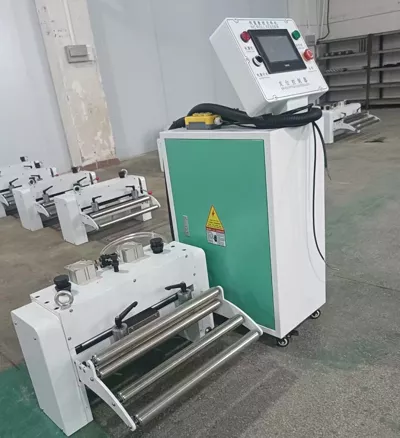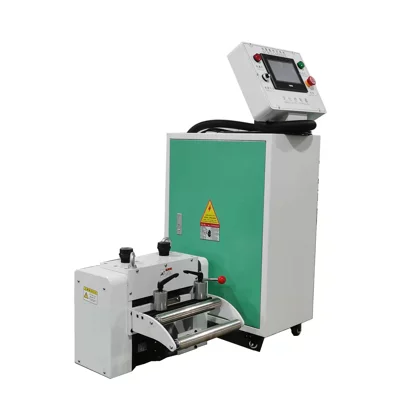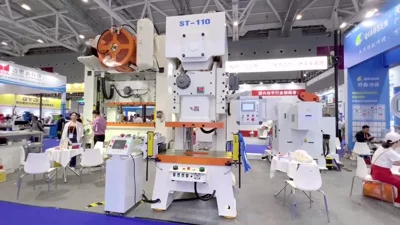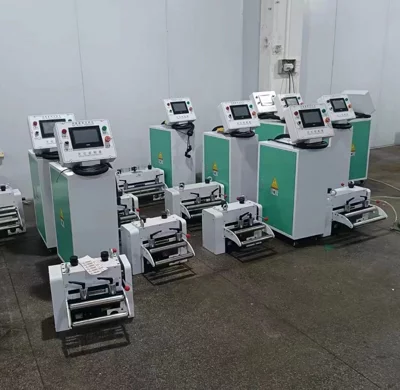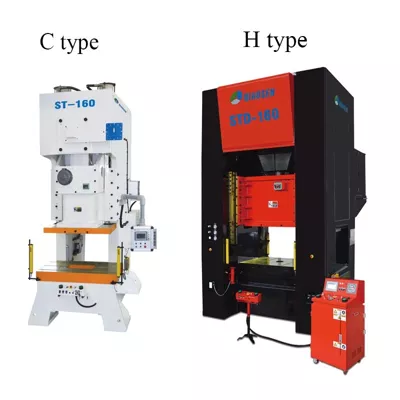How Long Can High Precision Metal Pressing Machine Typically Last?
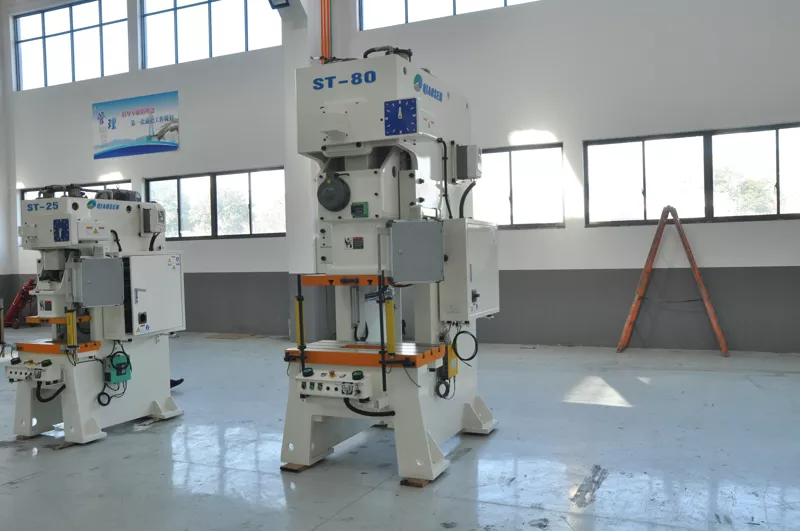

High precision metal pressing machines are renowned for their exceptional accuracy and stability during high-speed operations. With proper maintenance and stable software systems in place for mold casing and feed control, these pressing machines can easily run continuously for three days without any issues. The power consumption is estimated to be around 70% of the rated power, with approximately 50 kilowatt-hours consumed during a 10-hour operation.
These high precision metal pressing machines utilize a combination of ordinary cast iron and aluminum alloy, ensuring robustness and durability. The slider mechanism is designed with long strokes and equipped with a balancer, guaranteeing smooth and precise operations. All wear-resistant components are electronically controlled, and the automatic air intake system functioning is monitored regularly. The pressing machine has an automatic shutdown mechanism in case of insufficient lubrication. The reliable and user-friendly control software ensures accurate operations and emergency stops of the slider. It's compatible with various automation production requirements, enhancing productivity and cost control.
Duration of Operation:
In theory, high precision metal pressing machines can operate continuously. However, for extended periods of operation, it is crucial to ensure the stability and accuracy of the mold casing and feed control software. The pressing machine achieves thermal equilibrium after running for approximately two hours, with stable motion and minimal occurrences of abnormal phenomena such as jamming or polishing. To increase the longevity and reduce the workload, it is advisable to operate the pressing machine at a load exceeding or below 60% of the rated clamping force. Generally, operating the pressing machines continuously for three days is considered normal practice.
Statistical Analysis of Power Consumption:
For a 100-ton pressing machine, a typical motor power selection would be a 7.5-kilowatt motor. Theoretically, if it operates at the rated current and voltage, it would consume 7.5 kilowatt-hours of electrical energy per hour. However, considering the specific operational characteristics of the pressing machine, including the intermittent nature of its work (cold stamping process), most of the energy is consumed during the high-speed rotation of the water pump flywheel. Hence, it is suggested to calculate functional losses at approximately 70%, resulting in an estimated power consumption of about 50 kilowatt-hours within a 10-hour operation.
8years foriegn trade experience Easily grasp customer needs Keeping good relationship with customers





